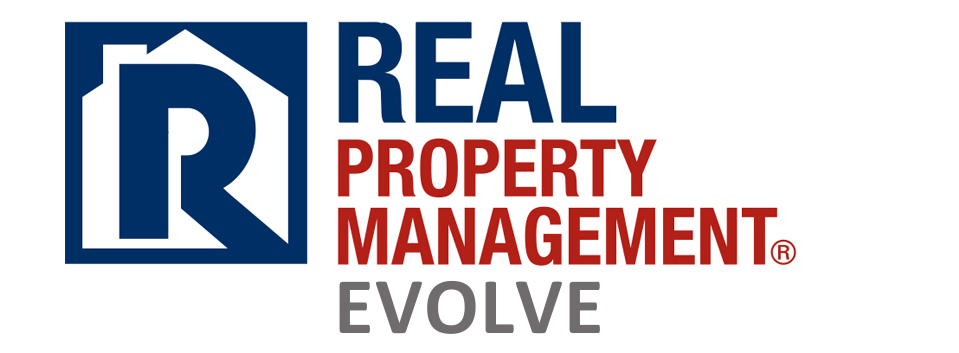Let’s Talk About Cap Rates
We are often asked about “cap rates” and how useful they really are for real estate investments. In order to understand the true utility of a cap rate, it’s helpful to know what it is:
Capitalization Rate
Affectionately known as the “cap rate,” this is a basic calculation that aids in determining the value of a prospective investment property.
A cap rate is best used to:
- Compare one property to another.
- Compare a real estate investment to a different kind of investment.
- Determine where a market might be headed (by looking a series of cap rates in a particular niche).
Many people make it sound simple:
Capitalization Rate = Annual Net Operating Income (NOI) / {Total Cost/Value}
Aren’t you glad we cleared that up?
The fact is, the cap rate can be simple, if you are adept at estimating these values and you are working with an NOI that is somewhat predictable and straightforward. Essentially, the accuracy of the cap rate is only as good as your estimation, plus any variables you can’t possibly predict. That’s why it is a great way to get a general idea of what a property might be worth, but it should never be the sole tool for making your decision about whether or not to invest in that property.
Why are cap rates based on estimation?
The short answer is that it’s difficult, some might say impossible, to determine the exact operating expenses and income of a building—which is key to determining NOI. That information is not readily shared or available—unless you have an existing relationship with the building owner, and they keep stellar records.
What does the cap rate tell you?
The answer is yet another reason why the calculation is one tool, not THE tool for making your decision. At the highest level, it represents the projected return on the investment property of one year, if you purchased the property with cash.
It doesn’t tell you what your return will be if you use financing.
The point? There are many misconceptions about the cap rate and if you only use it as a surface value, it’s not much good to you; this is often one factor that draws the line between speculators and investors.
Take the time to dive into the nuances of the calculation and use it as a suite of tools for vetting your investment opportunities.





